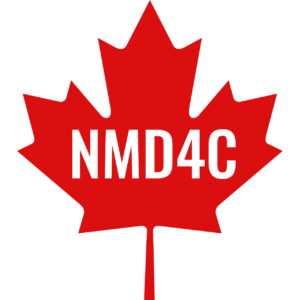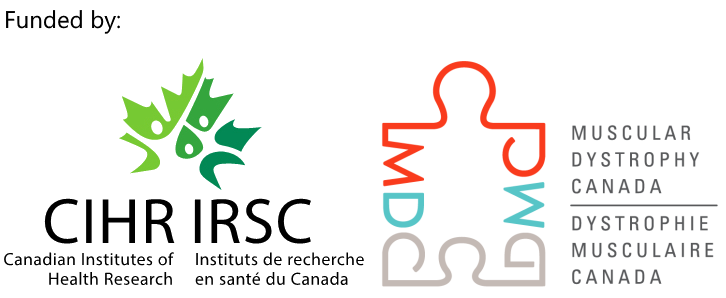Patient Registries
Patient registries collect information about individuals who are affected by a particular condition and are a particularly important research and networking tool for rare diseases. The data collected may be used for a range of purposes, from research into specific features of the disease to clinical trial feasibility planning and recruitment. Patients who join registries can be contacted with information relevant to their condition and notified when they may be eligible for research studies and clinical trials.
Canadian Neuromuscular Disease Registry
In Canada, the Canadian Neuromuscular Disease Registry (CNDR) and its network of site investigators and research coordinators has become an ideal model for rare NMD registries globally. The registry has recruited 4,000 patients with various NMDs since its launch in 2010. It has facilitated 35 trials and 75 additional data inquiries and research projects.
The network works closely with the CNDR to collaborate on several initiatives: incorporating FAIR data principles (Findable, Accessible, Interoperable, Reusable) into datasets, updating existing disease modules, and supporting academic and industry-led research using its datasets and resources.
Ongoing Work
The CNDR will form the basis of a FAIRification plan as a result of the FAIRification pilot study using the CMS registry, and finalize SMA updates in alignment with Treat-NMD. The CNDR recently produced a new dataset for CMS, developed in alignment with EURO-NMD. The CNDR will use the results of the patient survey launched in 2021 to guide the strategy for a direct-to-patient dataset, with input from MDC and Defeat Duchenne Canada, with the eventual goal of creating a direct-to-patient portal to facilitate registry data collection. The CNDR will continue to seek opportunities for involvement in research projects, using social media and webinar presentations to share the opportunities to implement new datasets to the broader, multi-disciplinary network and to highlight the use of registry data in research.


